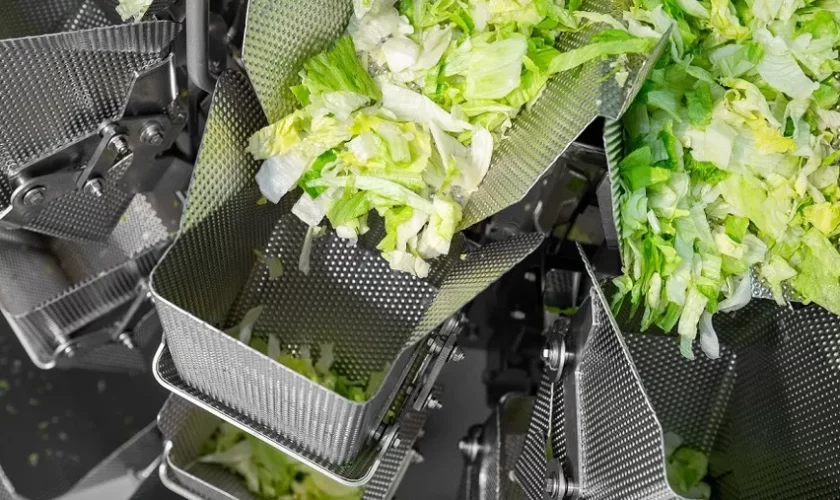In a world where safety is as important as style, armored vehicles are gaining significant traction, especially among high-profile individuals, diplomats, and business executives. However, there is a common misconception that security comes at the cost of elegance. Troy Armoring has successfully dispelled this myth with its range of armored sedans, combining cutting-edge ballistic protection with the luxury and performance expected from high-end vehicles. In this post, we’ll explore why Troy Armoring’s armored sedans, alongside the well-known armored SUV from Troy Armoring, are setting new standards in the industry by delivering both unmatched safety and impeccable style.
1. Discreet and Seamless Armoring
One of the standout features of Troy Armoring’s armored sedans is their discreet appearance. Unlike many armored vehicles that bear obvious signs of reinforcement, Troy Armoring takes a stealthy approach, ensuring that their armored sedans look indistinguishable from their luxury non-armored counterparts. This is especially crucial for those who require high levels of security but wish to maintain an elegant and professional presence.
The company achieves this through innovative engineering, integrating armor seamlessly into the vehicle’s frame. The sedans’ sleek exteriors remain intact while offering unparalleled ballistic protection. The ability to blend in, whether parked or in motion, adds another layer of safety, keeping high-profile individuals out of the spotlight.
2. Ballistic Protection Without Compromising Performance
Troy Armoring’s armored sedans, like their well-known armored SUVs from Troy Armoring, are equipped with the highest level of ballistic protection. Using a combination of lightweight ballistic-grade steel, Kevlar, and composite armor, these sedans are built to withstand a variety of threats, including gunfire, shrapnel, and explosive devices.
One of the most significant advancements in Troy Armoring’s sedans is the ability to provide maximum protection without compromising performance. Traditionally, armored vehicles were known to be heavy and sluggish due to the extra weight of the armoring. However, Troy Armoring uses innovative materials and engineering to ensure that their sedans remain agile, powerful, and efficient. The combination of high-level protection and performance means that clients don’t have to choose between safety and driving experience—they get both.
3. Reinforced Windows and Bulletproof Glass
The windows of Troy Armoring’s armored sedans are another testament to the company’s dedication to safety without sacrificing style. The multi-layered bulletproof glass is designed to withstand high-velocity rounds while maintaining clarity and transparency. This ensures that occupants are protected from gunfire while still enjoying an unobstructed view of their surroundings.
The glass used in these sedans is engineered to be shatter-resistant, meaning it won’t splinter or create dangerous shards inside the vehicle during an attack. The discreet nature of this glass—combined with the overall design of the vehicle—ensures that the protection is effective yet subtle, keeping the occupants safe without alerting others to the fact that the vehicle is armored.
4. Luxurious Interiors for Maximum Comfort
Troy Armoring understands that the clients who choose their armored sedans value not only security but also comfort and luxury. Each vehicle’s interior is meticulously designed with high-end materials, such as leather upholstery, wood trims, and state-of-the-art technology. From ambient lighting to premium sound systems and advanced climate control, these sedans offer the same comforts and amenities as non-armored luxury vehicles.
Whether being used for executive transport, diplomatic missions, or personal use, these vehicles ensure that occupants can travel in complete comfort while benefiting from top-level security. Troy Armoring takes pride in delivering a driving experience that rivals the finest luxury cars on the market.
5. Advanced Safety and Technical Features
In addition to ballistic protection, Troy Armoring’s armored sedans are equipped with advanced safety features that enhance the security of both the vehicle and its occupants. Much like the armored SUV from Troy Armoring, these sedans come with run-flat tires, reinforced suspension systems, and emergency braking technology. Run-flat tires allow the vehicle to continue moving even after a puncture, giving the driver time to escape a dangerous situation.
Furthermore, advanced communication systems and perimeter surveillance can be added, providing real-time monitoring of potential threats and ensuring the driver is always aware of their surroundings. These high-tech systems further emphasize the company’s commitment to security without compromising luxury.
6. Customization to Meet Specific Needs
Troy Armoring recognizes that each client has unique security and luxury requirements. Whether it’s additional protective features, custom interior designs, or specialized equipment like satellite communications, Troy Armoring offers extensive customization options. These armored sedans can be tailored to meet specific needs, ensuring that the vehicle is a perfect fit for the client’s lifestyle and security profile.
This level of personalization is particularly important for those with specialized transport needs, such as government officials, corporate executives, and VIPs who require extra layers of protection and privacy.





